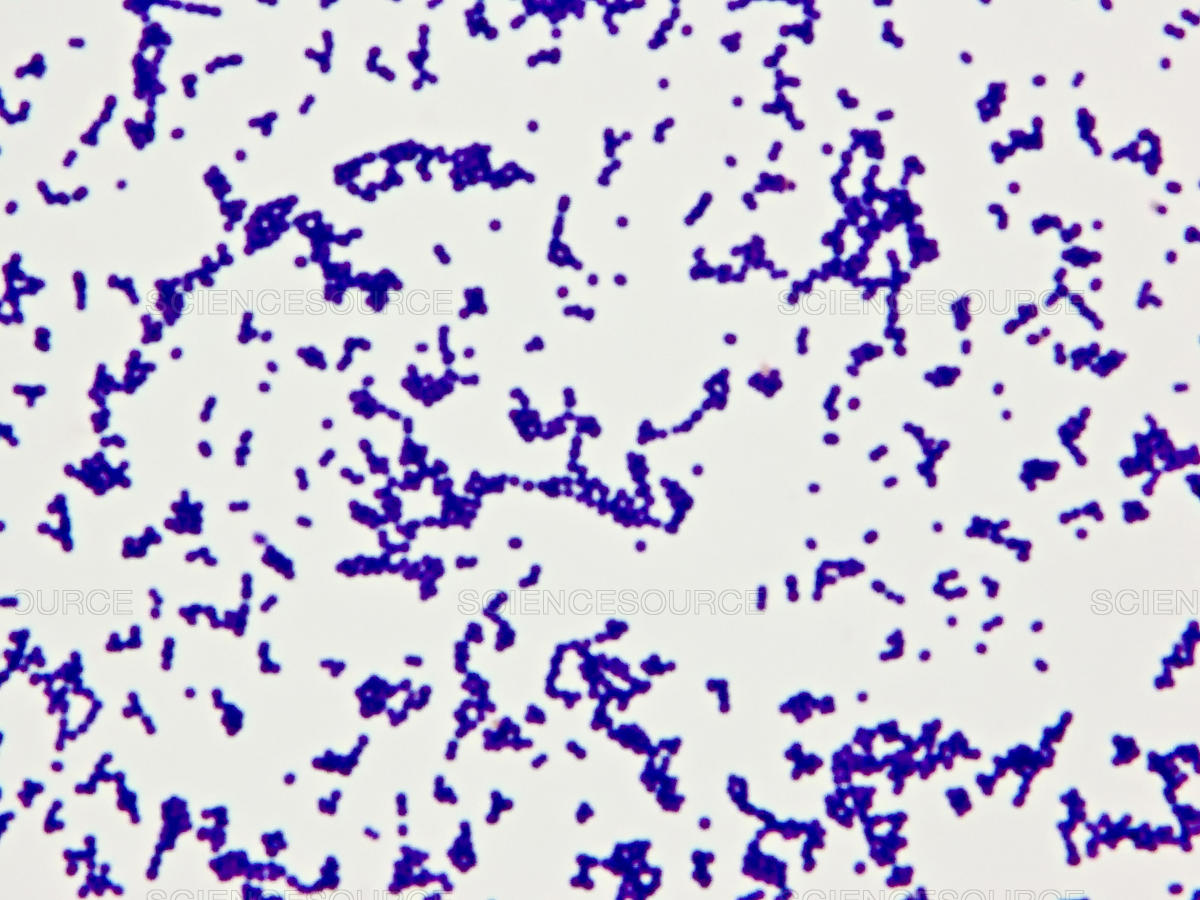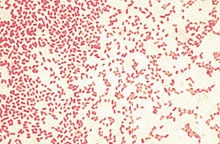| S.N |
Gram positive bacteria |
Gram negative bacteria |
| 1. |
They retain the color of crystal violet and stain dark blue or purple. |
They take the color of counter stain (Safranine or Fuschine) and stain red or pink in color. |
| 2. |
They resist decolorization with absolute alcohol and water during Gram staining. |
They are decolorized when washed with absolute alcohol and acetone during Gram staining. |
| 3. |
Teichoic acid is present in many bacteria. |
Teichoic acid is absent. |
| 4. |
Cell Wall is 20-30 nm thick. |
Cell Wall is 8-12 nm thick |
| 5. |
The peptidoglycan layer is thick (>50%) with multiple layers. |
The peptidoglycan layer is thin (10-205%) having a single layer. |
| 6. |
Outer lipopolysaccharide wall layer is absent. |
Outer lipopolysaccharide wall layer is present (13%). |
| 7. |
Cell wall is very rigid and less elastic. |
Cell wall is less rigid and more elastic. |
| 8. |
Outer membrane is absent. |
Outer membrane is present. |
| 9. |
Lipid and lipoprotein content is low. |
Lipid and lipoprotein content is high due to presence of outer membrane. |
| 10. |
Periplasmic space is absent. |
Periplasmic space is present. |
| 11. |
Porins are absent. |
Porins are present in the outer membrane. |
| 12. |
s- layer is attached to the peptidoglycan layer. |
s- layer is attached to the outer membrane. |
| 13. |
Mesosomes are more prominent. |
Mesosomes are less prominent. |
| 14. |
They produce endospores during unfavourable condition. |
They do not produce endospores usually. |
| 15. |
They usually produce exotoxins. |
They produce both exotoxins and endotoxins. |
| 16. |
They show high tolerance towards dryness. |
They show less tolerance towards dryness. |
| 17. |
Muramic acid content of cell wall is more in these group (16-20% of dry weight). |
Muramic acid content of cell wall is less (2-5% of dry weight). |
| 18. |
There are 2 rings in the basal body of the flagellum, |
There are 4 rings in the basal body of the flagellum. |
| 19. |
 Gram reaction Gram reaction
|
 Gram reaction Gram reaction
|


